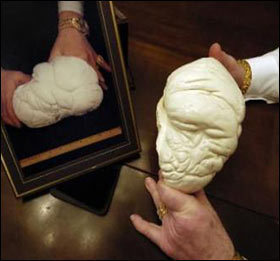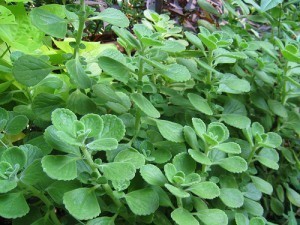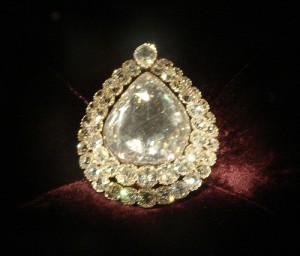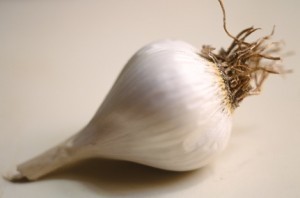Pearl Sizes
How and when Man first valued pearls as gemstones is 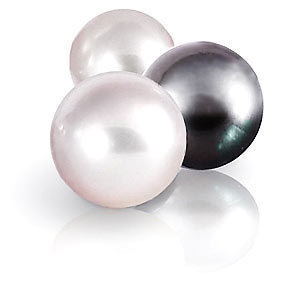 lost in history. Most likely, it was by chance, when he pried open an oyster to get at the succulent flesh to feed his family and marveled at a small spherical object tucked within, whose iridescent glow intrigued and fascinated him. Because of their beauty and rarity, pearls have been the favorite gemstone of the nobility and royalty in almost every civilization for thousands of years. Down through the ages, different pearl sizes and colors have adorned crowns, tiaras, scepters, thrones, jewelry, robes and even the furniture of the rich and powerful nobility.
lost in history. Most likely, it was by chance, when he pried open an oyster to get at the succulent flesh to feed his family and marveled at a small spherical object tucked within, whose iridescent glow intrigued and fascinated him. Because of their beauty and rarity, pearls have been the favorite gemstone of the nobility and royalty in almost every civilization for thousands of years. Down through the ages, different pearl sizes and colors have adorned crowns, tiaras, scepters, thrones, jewelry, robes and even the furniture of the rich and powerful nobility.
Today, people of all walks of life continue to desire and treasure pearls just as their ancestors thousands of years ago have once admired and prized these gemstones from the sea. The only difference is that you can now wear the same kind of pearl necklace that was decreed by royal edict as recently as a couple of hundreds of years ago to be worn exclusively by members of the nobility — thanks to advances in pearl cultivation technology that made these gemstones affordable and accessible even to people without royal blood running in their veins. Different pearl sizes of good quality are still widely used in jewelry and considered as prized possessions that are passed down from generation to generation as valuable heirlooms.
Natural pearls occur spontaneously and randomly in the wild, which accounts for their rarity. Not all irritants such as a grain of sand, parasite or larvae that enters a mollusk eventually become a pearl. In fact, the probability of a pearl ever occurring in one mussel or oyster is about one in a thousand. Thankfully, technology has enabled Man to give oysters a helping hand and artificially stimulate them to produce perfectly round and flawless pearls. Today, harvests from cultured pearl farms account for the vast majority of those found in the market whose prices generally depend on pearl sizes.
Round cultured and natural pearl sizes is expressed in terms of diameter measured in millimeter, which is about 1/25 of an inch. Pearl sizes in a strand are usually indicated within a range of half a millimeter. In the case of non-round pearls, their sizes is measured from their largest length and width and in some instances, their depth as well. Fractions of a millimeter are usually rounded to the nearest whole or half millimeter. All things being equal in terms of shape, quality, luster and iridescence, the bigger the pearl, the higher it is priced.


